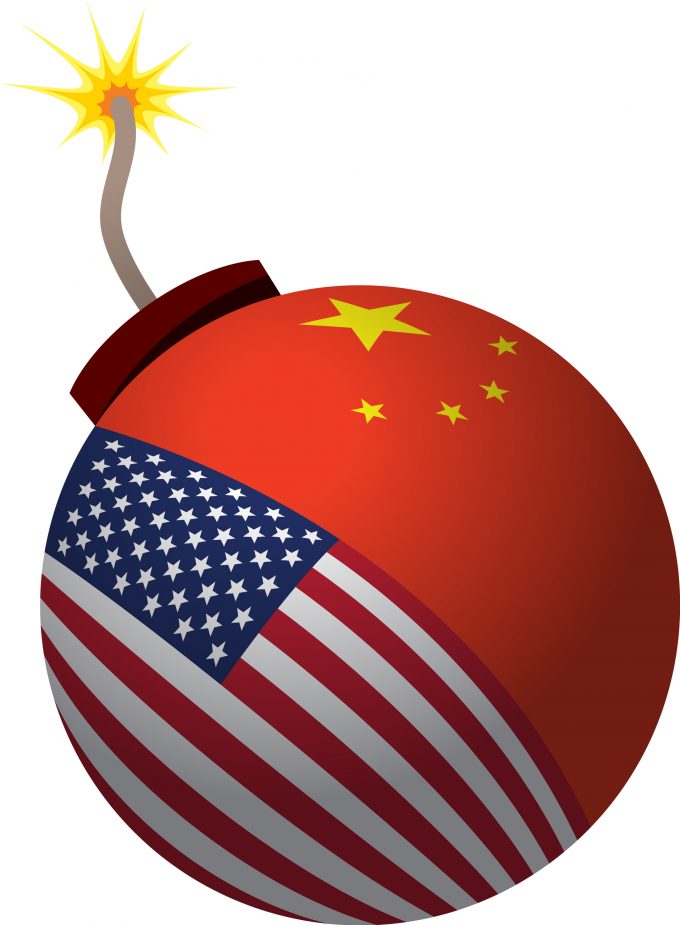
The angry rhetoric between China and the US and their tit-for-tat imposition of tariffs on a rising number of goods are showing early effects on trade flows.
Project cargo and consumer items, led by perishables, have been affected already and more will follow as companies ramp up ...





Comment on this article